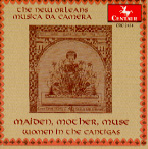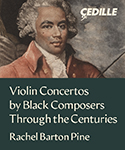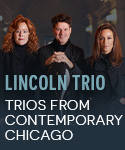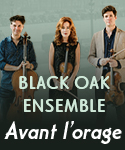There have been many recordings of selections from the famous medieval collection of songs, stories, and poems known as the Cantigas de Santa Maria–and many of them are excellent. This isn’t one of them. The best ones feature imaginative arrangements of voices and instruments (no one knows exactly how these songs were originally performed) and engaging singing that conveys an air of stylistic authenticity while capturing the songs’ essential rhythmic character (another element that’s open to various interpretations). Because there are hundreds of these songs, no two recorded collections contain the same works, and for the reasons stated above, actual performances will vary considerably. With this in mind, I suggest that if you’re interested in this repertoire, begin with Jordi Savall and Hesperion XX (Astrée), Micrologus (Opus 111), or Grupo SEMA (Discos Oblicuos). The problems with this obviously well-intended, knowledgably researched release are many, from the rather bland and predictable drone-and-pluck accompaniments to the middle-of-the-road approach to the singing.
Trouble begins with the first track’s rather inglorious, wavering, intonationally challenged solo from Vox Feminae director Thaïs St. Julien. The ensemble sound made by these seven women is not unpleasant, but there’s little energy in the performance and no focus or center to the collective vocal tone. You’ll need exceptional powers of concentration to remain interested throughout the seemingly endless (nearly nine-minute-long) “Santa Maria amar”; and although there are some occasional attention-getting effects from instruments (a bell here, a strumming figure there), there’s a puzzling lack of color elicited from the otherwise impressive instrumental array that includes recorders, gemshorn, lute, harp, vielle, and percussion. After all, this is music of the people, sung during pilgrimages, amid storytelling and feasting, in the courts, along the road, in houses, at times of celebration and of worship–and any modern performances need to reflect the music’s purpose and popular origin. These performances simply present a view of this music that’s intellectually connected to its history but detached from the imagination required to make it come alive. None of this is helped by the engineering: voices are recorded rather distantly (you usually can’t make out the words they’re singing) in a very resonant acoustic that just eats up any semblance of detail.
































